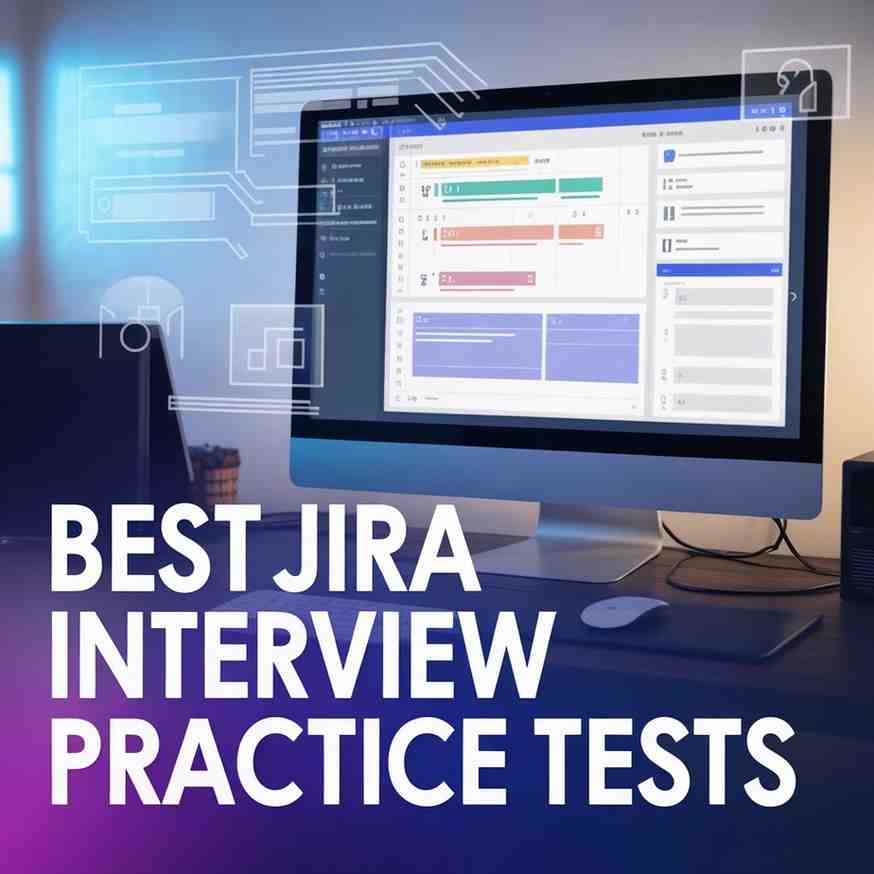Introduction
Inherit a project: Did you know that 70% of project failures stem from poor handovers, according to the Project Management Institute (PMI)? For seasoned project managers with 8-30 years of experience, inheriting an ongoing project (inherit a project) can feel like stepping into a high-stakes game mid-play — unclear rules, skeptical players, and a scoreboard that’s already tilted against you. Yet, with the right playbook, you can transform chaos into a career-defining win.
This blog is for you — the experienced PM tasked with rescuing, reviving, or redirecting a project midstream. We’ll break down 7 proven steps to inherit a project seamlessly, from decoding the landscape to rallying your team and delivering results. Here’s your first tip: Within 48 hours, compile a one-page “Project Snapshot” to anchor your early decisions. Ready to dive in? Let’s turn that handoff into a triumph.
Understand the Project Landscape
Taking over inherit a project starts with grounding yourself in its reality. For seasoned PMs, this isn’t just about skimming files — it’s about piecing together a strategic view fast.
Review Project Documentation
Begin by digging into the project’s foundational artifacts:
- Project Charter: Clarifies original objectives and scope.
- Timelines & Milestones: Shows where the project stands against plan.
- Risk Logs & Issues: Highlights known pain points.
Expert Tip: Don’t just read — synthesize. Create a “Project Snapshot” (goals, deliverables, risks) to share with stakeholders. This one-pager demonstrates your grasp early on.
Meet with Key Stakeholders
Schedule 1:1s within your first week of inherit a project to align expectations:
- Clients/Executives: Pinpoint strategic priorities (e.g., ROI vs. deadlines).
- Team Leads: Uncover operational bottlenecks.
- Previous PM (if available): Extract unfiltered context on past decisions.
Real-World Example: A veteran PM inheriting a software rollout learned in a client meeting that speed-to-market trumped feature depth — a pivot that saved the project from scope creep.
Assess Project Health
You’ve got the lay of the land; now diagnose its pulse. This step separates good PMs from great ones.
Identify Red Flags and Risks
Conduct a health check using these lenses:
- Scope Creep: Are deliverables ballooning beyond the charter?
- Budget Overruns: Is spending aligned with forecasts?
- Team Morale: Are burnout or turnover stalling progress?
Pro Tip: Build a risk matrix (likelihood vs. impact) to prioritize issues. For example, a delayed vendor contract might rank higher than a minor UI glitch.
Prioritize Quick Wins
Momentum matters. Target small, visible victories:
- Unblock a Task: Resolve a stuck dependency (e.g., sign-off delays).
- Simplify a Process: Cut redundant status meetings by 50%.
- Celebrate Progress: Share a win via email or Slack.
Example: A PM inherit a project with a stalled testing phase. Fixing a misconfigured tool in week one earned instant team buy-in.
Build Trust with the Team
A project’s success hinges on its people. For experienced PMs , this is about leveraging your leadership finesse and gain from inherit a project.
Acknowledge Past Work
Respect what’s been done — even if it’s flawed:
- Highlight Wins: “The team’s early prototype laid a solid foundation.”
- Ask, Don’t Judge: “Why was this approach chosen?”
Expert Tip: Use the “Appreciation Sandwich” in your first team meeting: praise efforts, suggest tweaks, and end with optimism.
Set Clear Expectations
Reset the team’s focus:
- Define Roles: Deploy a RACI chart (Responsible, Accountable, Consulted, Informed).
- Prioritize Deliverables: Narrow the next sprint to 3-5 must-haves.
- Establish Cadence: Launch daily 15-minute stand-ups.
Example: A PM inherit a project chaotic Agile team. A RACI chart and halved sprint scope restored order in two weeks.
Create a Transition Plan
With insights in hand, chart your course. This is where your experience shines.
Define Your 30-60-90 Day Strategy
Phase your takeover:
- Days 1-30: Learn, listen, and build rapport.
- Days 31-60: Stabilize with quick wins and process tweaks.
- Days 61-90: Optimize for long-term gains (e.g., automation).
Pro Tip: Share this plan with stakeholders to set realistic expectations and curb micromanaging.
Communicate the Roadmap
Transparency kills uncertainty:
- Visualize Progress: Use Gantt charts or Trello boards.
- Mark Milestones: Tie them to business value (e.g., “Beta Launch: April 15”).
- Update Regularly: Weekly emails or dashboards keep everyone aligned.
Example: A PM inherited a delayed ERP rollout. A clear roadmap with adjusted milestones rebuilt client confidence.
Leverage Tools for Project Success
Seasoned PMs know tools amplify efficiency. Here’s how to wield them.
Project Management Software
- Asana/Jira: Track tasks and sprints.
- MS Project: Map complex timelines.
- Pro Tip: Customize dashboards to spotlight risks and wins.
Collaboration Platforms
Case Study: From Chaos to Victory
Scenario: A fintech firm’s mobile app project was six months behind, with a disengaged team and frustrated client.
The Turnaround:
- Audit: Uncovered API bottlenecks via logs.
- Reprioritization: Slashed non-critical features.
- Morale Boost: Held a retrospective, acted on feedback (e.g., fewer meetings).
- Result: Launched in 90 days with 95% feature coverage and a 4.8-star rating.
Lesson: A structured handover, rooted in data and empathy, can salvage on inherit a project and even the messiest projects.
Conclusion
Inherit a project isn’t a curse — it’s a chance to showcase your expertise. With these 7 steps, you can decode the past, stabilize the present, and shape the future.
Key Takeaways:
- Start with discovery: Know the project’s DNA.
- Secure quick wins: Build credibility fast.
- Lead with clarity: Align teams and stakeholders.
Actionable Next Step: In your first week, ask each stakeholder, “What’s one thing you’d change?” Use their answers to prioritize your focus.
Final Thought: inherit a project handover tests your leadership as much as your logistics. Approach it with curiosity, empathy, and action, and you’ll not only inherit a project — you’ll redefine its success.
Explore project management methodologies to seamlessly blend traditional and agile approaches.








